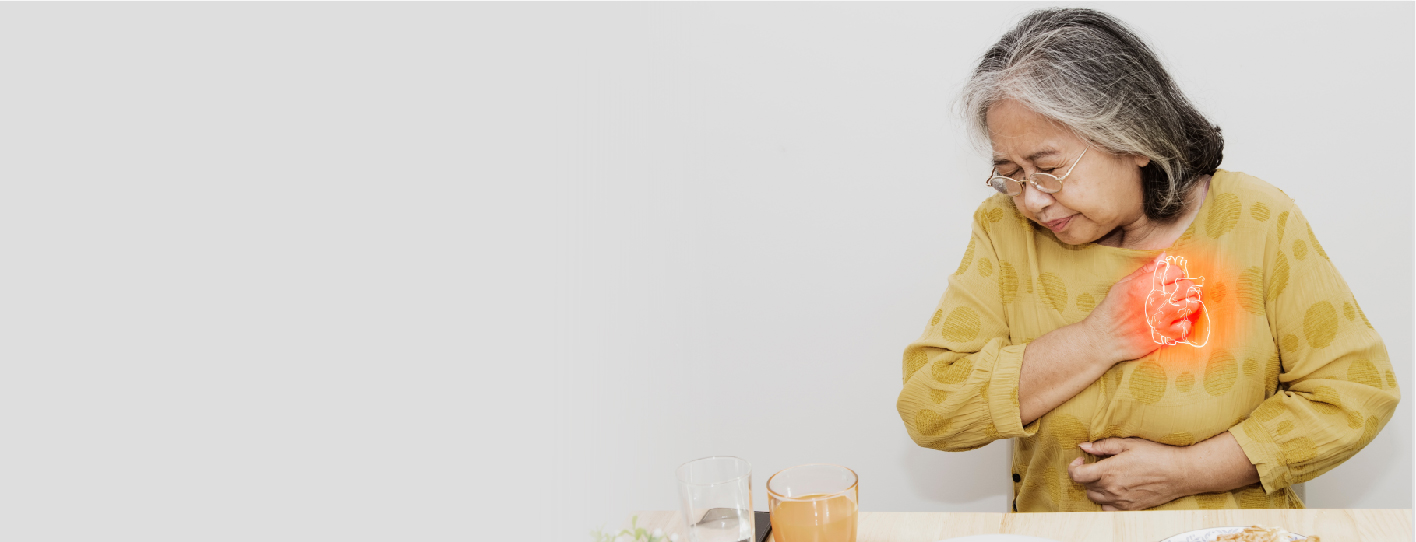



For both men and women, chest pain is the most typical sign of a heart attack. However, women are more likely than males to experience symptoms like nausea and temporary back or neck discomfort that might not seem connected to a heart attack. Women often characterise chest pain from heart attacks as tightness or pressure. However, chest pain is not always a sign of a heart attack. The following heart attack symptoms are more common in women than in men:
Despite being more obvious than the chest pain, these symptoms may be vague. When at rest or even asleep, women experience symptoms more frequently than men do. Additionally, emotional stress may contribute to the onset of heart attack symptoms. Compared to men, women are more likely to experience a heart attack without a significant arterial blockage. It is known as nonobstructive coronary artery disease. Women also often experience blockages in the smaller arteries that carry blood to the heart in addition to their larger arteries. Small vessel heart disease, also known as coronary microvascular disease, is a condition where the smaller arteries get blocked.
Also, read: First Aid in Heart Attack: What to Do and Not to Do?
Heart disease should be taken seriously by everyone. Heart disease risk factors should be closely monitored by women under 65, particularly those with a family history of the condition. High blood pressure, high cholesterol, and obesity are risk factors for heart disease. Men and women are both impacted. However, there may be more factors at play when it comes to women developing heart disease. The following medical disorders are more common in women than in men and raise the risk of heart disease:
Seek immediate medical attention if you suspect a heart attack or are experiencing its symptoms.
Also, read: How Do You Know If You're Having a Heart Attack?
The risk of heart disease in women and men both can be decreased by leading a healthy lifestyle. Try the following heart-healthy actions:
Recognizing heart attack symptoms in women is crucial. Beyond chest pain, signs like nausea, dizziness, fatigue, and jaw or back pain should never be ignored. Early diagnosis and treatment can save lives.
Take charge of your heart health today. At Artemis Cardiac Care, our expert team is here to provide world-class cardiac treatment tailored to your needs. Book your appointment now and ensure a healthier tomorrow!
Q1: What does a female heart attack feel like?
A: Discomfort in the middle of your chest, such as fullness, squeezing, or pressure. It either persists for more than a few minutes or stops and then returns. One or both arms, the back, the neck, the jaw, or the stomach may ache. Breathlessness with or without chest discomfort.
Q2: How do heart attacks begin?
A: When there is a significant reduction or obstruction in the blood supply to the heart, a heart attack happens. The accumulation of fat, cholesterol, and other materials in the heart's (coronary) arteries is typically the cause of the obstruction. Plaques are deposits that include fat and cholesterol.
Q3: Can a cardiac obstruction be detected by an ECG?
A: An ECG is an excellent tool for analysing cardiac impulses and can either directly or indirectly assist in identifying artery problems or heart blockages.
From Recent Advancements in Heart Care to Tips and Tricks to make your Heart Healthy Again, stay updated with reliable and informative blogs by our experts.